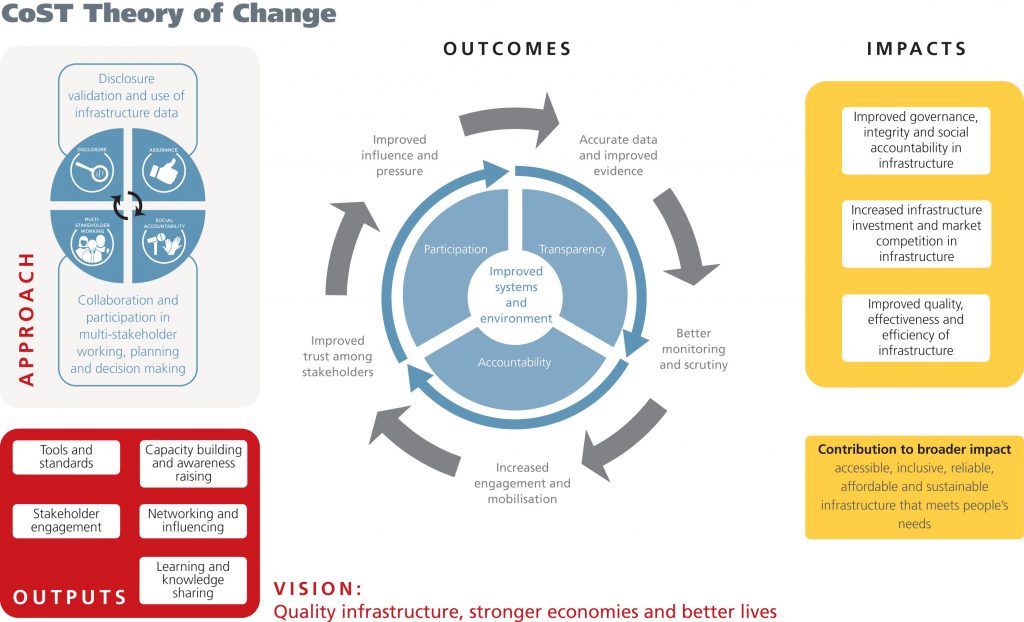Revolutionary Change in Government Structures: a New Era of Progress
Government structures are an essential element of our society. They provide the framework for the administration of public affairs, and the functioning of a modern state. However, in recent years, it has become clear that many of these structures are outdated and no longer serving their intended purpose. In response, we are seeing a wave of revolutionary change in government structures that promises to transform the way we organize our society and deliver public services.
One of the most significant drivers of this change is technology. The digital revolution has transformed almost every aspect of our lives, from the way we communicate to the way we shop and work. It has also had a profound impact on government structures, enabling new ways of delivering services and engaging citizens. For example, many governments have launched online platforms that allow citizens to access public services from the comfort of their homes, and to engage in online consultations and surveys on issues that matter to them.
Another key driver of change in government structures is the need for greater accountability and transparency. In many countries, citizens are demanding a more open and accountable government, with mechanisms in place to prevent corruption and hold public officials to account. This has led to the adoption of new laws and regulations, such as freedom of information laws and anti-corruption measures, to ensure greater transparency and accountability in government.
Finally, the rise of populist movements and political upheavals around the world have also spurred revolutionary change in government structures. Citizens are demanding greater participation and greater control over their own lives, and are pushing for a more bottom-up approach to governance. This has led to the adoption of new forms of democracy, such as participatory budgeting, where citizens have a direct say in how public funds are spent, and citizen assemblies, where ordinary people are given a voice in key policy decisions.
The bottom line is that revolutionary change in government structures is not just desirable, but necessary. It is necessary to ensure that our governments are effective, efficient, and accountable, and that they serve the needs of all citizens, not just the privileged few. It is necessary to adapt to the changing technological and social landscape and to empower citizens to take an active role in shaping their own futures.
In short, the era of traditional, hierarchical, top-down government structures is coming to an end. In its place, we are ushering in a new era of progress, one that is characterized by openness, transparency, and participation. Only time will tell what the future will hold, but one thing is for sure: revolutionary change in government structures is bringing about a brighter, more hopeful future for us all.











